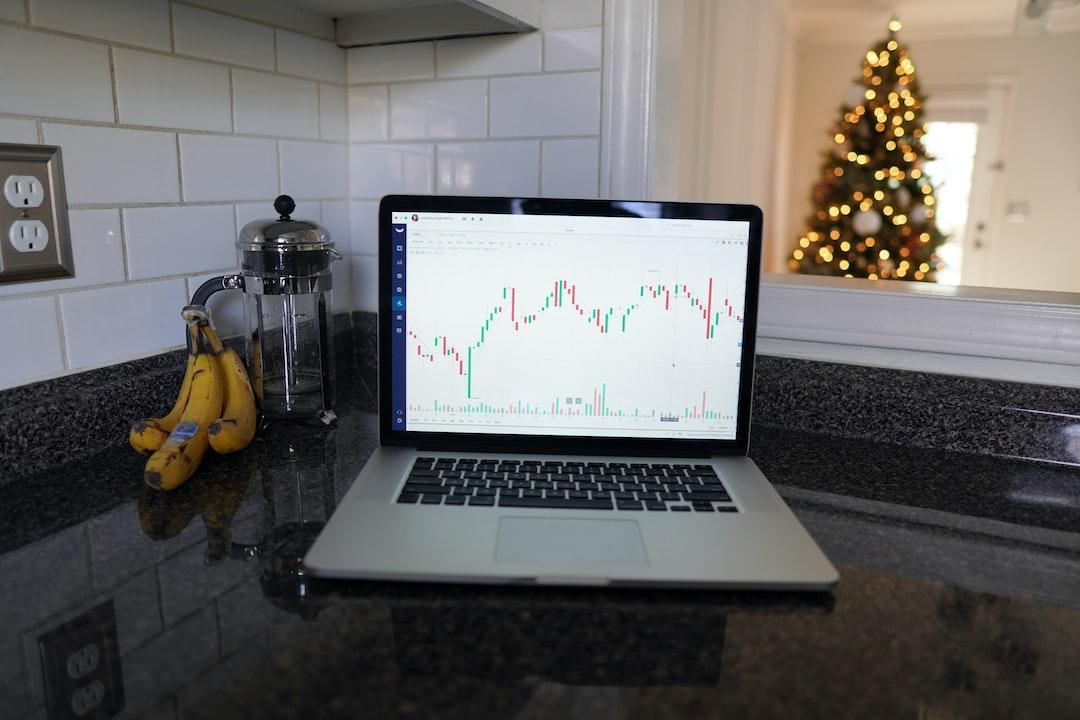With the Bank of Japan’s expected end to the world’s last negative interest rate policy, its profound impact on the global economy and fluctuations in the yen exchange rate have attracted widespread attention.
Contents:
The end of negative interest rates and expectations of interest rate hikes
Adjustment of the Bank of Japan’s balance sheet
The future direction of the Japanese economy
With the Bank of Japan’s announcement that it will end its “negative interest rate policy,” economists and market observers around the world are closely watching the impact of this change on the world’s fourth-largest economy (Japan recently fell to fourth place behind Germany).
This policy shift marks the end of the Bank of Japan’s long-standing and large-scale quantitative easing policy, and whether it can bring positive help to the Japanese economy is also of great concern.
According to market observers’ predictions, the Bank of Japan is expected to end its negative interest rate policy as early as April of this year. According to a recent survey, over 90% of economists expect the Bank of Japan’s new target rate to be set between 0% and 0.1%.
Bank of Japan Deputy Governor Shinichi Uchida also mentioned in a speech on February 8th that the Bank of Japan may use the excess reserve rate as the main policy lever and set its target range at 0-0.1%.
Uchida’s remarks have raised market expectations for the path of interest rates after rate hikes. According to his speech, the market expects that interest rates may increase by about 50 basis points over the next two years. However, Uchida neither directly supported nor denied these expectations, but emphasized that these are just market reference points.
On the other hand, the Bank of Japan will face challenges in adjusting its massive balance sheet. Currently, the Bank of Japan holds about half of Japan’s 1,200 trillion yen (about 8 trillion USD) bond market.
During the process of policy transition, the Bank of Japan may set a new upper limit for yields or abandon this practice and continue to announce the amount of bonds it plans to purchase each month.
At the same time, the Bank of Japan will also need to deal with its stock investments. Uchida pointed out that terminating stock purchases is a natural process when normalizing policies. Currently, the Bank of Japan has become the largest holder in the Japanese stock market, indicating that the Bank of Japan is unlikely to resume regular purchases of ETFs and real estate investment trust funds.
With this major shift in the Bank of Japan’s policy, the Japanese economy will enter a new stage, which is expected to have a profound impact on Japan and the global economy.
How the Bank of Japan balances the dual tasks of economic growth and inflation control, as well as how it handles its massive balance sheet, will be the focus of global economic attention in the coming years.
With the end of the last negative interest rate policy in the world, where will the Japanese economy go? This will be a question worth paying attention to in the market in the near future.


